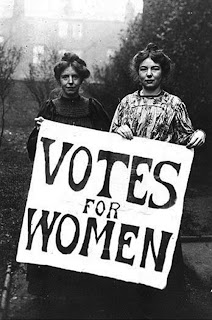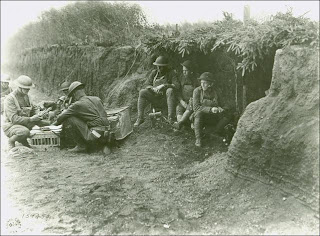
The Erie Canalway National Heritage Corridor in partnership with the NYS Canal Corporation will install new signs at 45 locks and canal-side access points all along the NYS Canal System in 2013.
Thirty-five of the kiosks will include a community orientation panel showing streets, trails, and points of interest within walking distance. Twenty sites will also have local history panels based on 19th century birdseye view lithographs and early 20th century postcards to share the history and significance of the canal system to the state and nation.
Installation locations are on NYS Canal Corporation land, in or near community centers. Most locations are on the opposite bank from the Canalway Trail to avoid duplication with existing trailhead signs. Each site will have a two or three-sided upright mount with exhibit panels that are 3’wide by 4’ tall. One side will carry a standard panel with a map, images, and text that describe the entire 524 mile long system. Scoping, design, mapping, and outreach to community representatives are already underway. Erie Canalway historian Duncan Hay conducted an initial round of site visits last summer and will travel with the project’s designer and cartographer during early August, visiting sites from Buffalo to Albany to Whitehall to confirm site and community information.Locations have been selected to serve boaters, trail users, and visitors arriving by car. The 45 kiosk locations are as follows:
Erie Canal
• Tonawanda/North Tonawanda, Erie & Niagara Counties
• Lockport, Niagara County
• Medina (Towns of Ridgeway & Shelby, Orleans County)
• Albion (Towns of Albion & Gaines, Orleans County)
• Holley (Town of Murray, Orleans County)
• Brockport (Town of Sweden, Monroe County)
• Spencerport (Town of Ogden, Monroe County)
• Lock E32, Town of Pittsford, Monroe County
• Pittsford (Town of Pittsford, Monroe County)
• Fairport (Town of Perinton, Monroe County)
• Newark (Town of Arcadia, Wayne County)
• Lyons (Town of Lyons, Wayne County)
• Baldwinsville (Towns of Lysander & Van Buren, Onondaga County)
• Brewerton (Town of Cicero, Onondaga County)
• Sylvan Beach (Town of Vienna, Oneida County)
• Rome (Oneida County)
• Lock E20, town of Marcy, Oneida County
• Utica (Oneida County)
• Ilion (Herkimer County)
• Herkimer (Herkimer County)
• Little Falls (Herkimer County)
• Saint Johnsville (Town of St. Johnsville, Montgomery County)
• Fort Plain (Town of Minden, Montgomery County)
• Canajoharie (Town of Canajoharie, Montgomery County)
• Fonda (Town of Mohawk, Montgomery County)
• Lock E12 Tribes Hill/Fort Hunter (Towns of Mohawk & Glen, Montgomery County)
• Lock E11, Amsterdam, Montgomery County
• Amsterdam (Montgomery County)
• Lock E9, Town of Glenville, Schenectady County
• Lock E8, Town of Rotterdam, Schenectady County
• Lock E7, Town of Niskayuna, Schenectady County
• Waterford (Town of Waterford, Saratoga County)
Cayuga-Seneca Canal
• Watkins Glen (Town of Dix, Schuyler County)
• Geneva (Ontario County) Lakefront Park
• Waterloo (Town of Waterloo, Seneca County)
• Seneca Falls (Town of Seneca Falls, Seneca County)
• Ithaca (Tompkins County)
• Lock CS1, Town of Aurelius, Cayuga County
Oswego Canal
• Phoenix (Town of Schroeppel, Oswego County)
• Fulton (Oswego County)
• Oswego (Oswego County)
Champlain Canal
• Mechanicville (Saratoga County)
• Fort Edward (Town of Fort Edward, Washington County)
• Fort Ann (Town of Fort Ann, Washington County)
• Whitehall (Town of Whitehall, Washington County)











